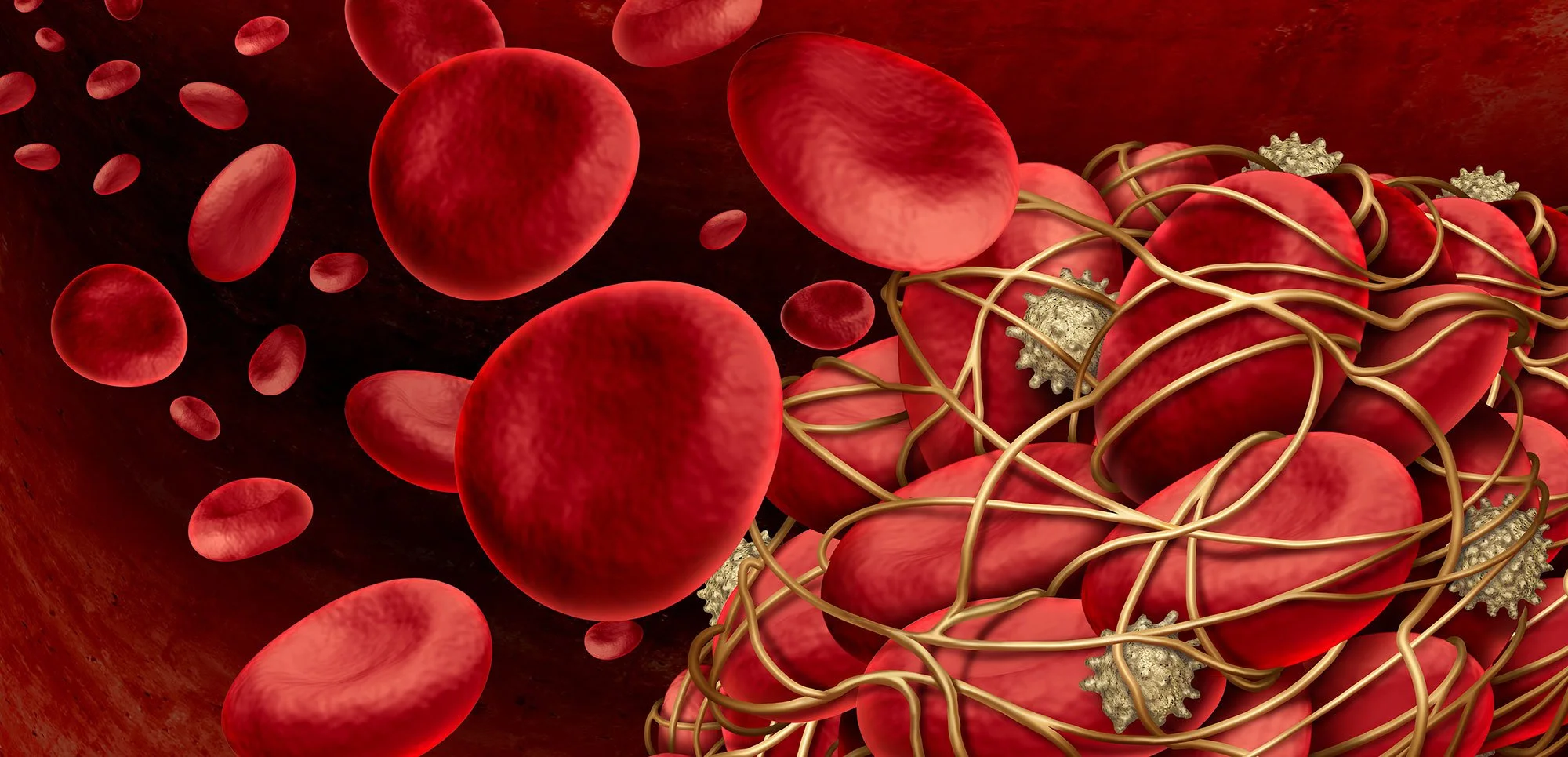Gamma Prime Fibrinogen (GPF) at a glance
Gamma Prime Fibrinogen (γ’ Fibrinogen or GPF) is an isoform of fibrinogen that makes up about 7% of plasma fibrinogen in healthy states.
GPF levels increase greatly during acute inflammatory states and is a clot accelerant. GPF has proven to be a risk factor and biomarker in cardiovascular disease, especially in coronary artery disease and myocardial infarctation, while other recent studies show that it is also plays an important role in other conditions.
GPF is a clot accelerant
Underlying inflammation in many diseases such as cardiovascular disease, diabetes, autoimmume disorders, sepsis or acutely ill covid-19 patients, is often currently undiagnosed, and present a higher risk of clotting [a]. Death often results from this inflammation and rampant clotting, so at Gamma Diagnostics we believe there is a need to identifiy it early, so these events can be prevented.
GPF is a clot accelerant, and therefore it could be a good biomarker.
GPF rich clots are tighter and denser
There are two main patient groups with a higher risk of clotting:
Acutely ill patients
Surgical patients.
Both groups are relatively at equal risk. Both patient groups are prophylactally treated in practice today [b].
Patient groups with a higher risk of GPF rich clots are prophylactically treated. Universal prophylaxis is not very effective [c] and costs the US near $15Bn annually [d].
The tighter and denser nature of GPF rich clots makes them resistant to treatment with heparin. Therefore GPF testing empowers physicians to make precise thrombolytic treatment choices that are both cost effective and life saving.
GPF as a biomarker
• Up to 6x more stable vs. hs-CRP (current standard)
• Indicative of clotting response
• Applicable to multiple diseases
• Defines severity
• Companion diagnostic (steroids, anti-coagulants)
Intra-individual Variability of γ’ Fibrinogen and hs-CRP (one representative individual)
a. James Galloway et al. RMD Open 2020;6:e001392
b. Heit JA. The epidemiology of venous thromboembolism in the community. Arterioscler Thromb Vasc Biol.
c. Mahan CE, Fisher MD, Mills RM, et al. Thromboprophylaxis patterns, risk factors, and outcomes of care in the medically ill patient population. Thromb Res
d. Cundiff, DK. Anticoagulation therapy for venous thromboembolism. MedGenMed




